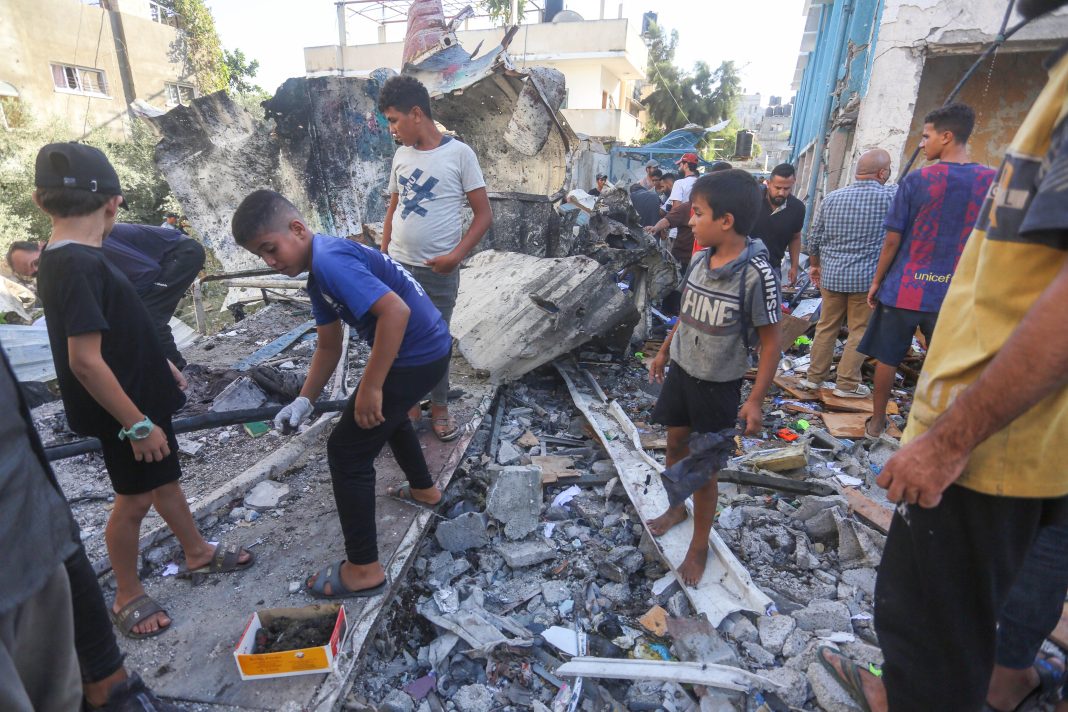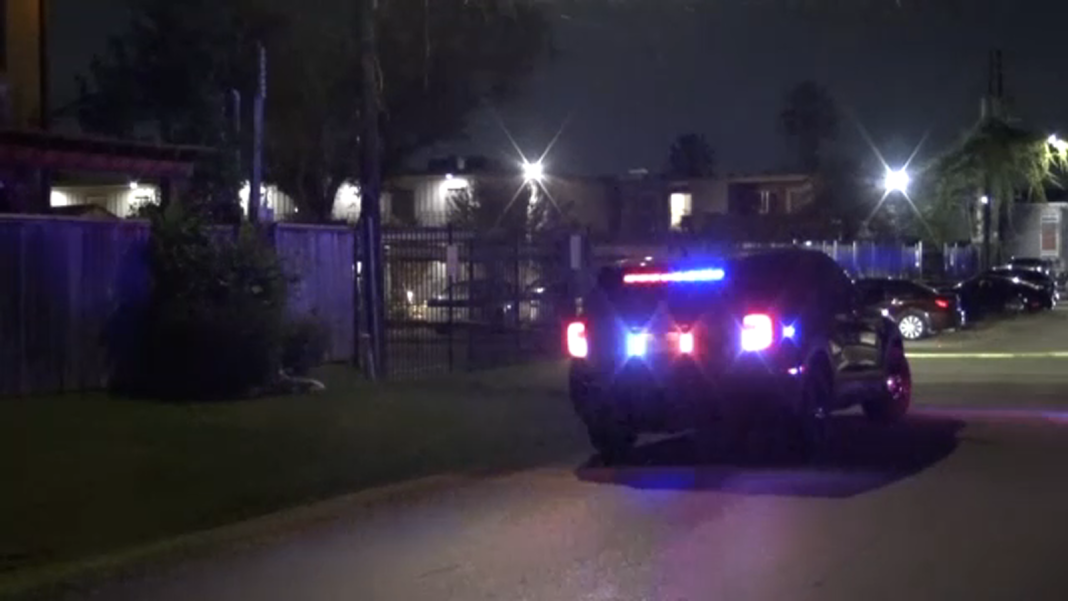In the ongoing conflict in Gaza, the tragic reality of children’s lives has been brought to the forefront, particularly with the alarming frequency of Israeli attacks on educational institutions. Schools, which should serve as sanctuaries for learning and growth, have instead become targets in a war that has already inflicted profound suffering on the Palestinian population, especially its youth.
Recent reports highlight a harrowing pattern: Israeli airstrikes have repeatedly struck schools, including a devastating attack on a school for orphans in Gaza City that claimed the lives of several individuals, predominantly children and women. This incident is part of a broader trend, with at least 10,490 school and university students reported killed and over 16,700 injured since the onset of hostilities. The Al Mezan Center for Human Rights, a Palestinian advocacy organization, has termed this phenomenon “scholasticide,” a deliberate and systematic assault on the Palestinian education system.
The implications of these attacks extend far beyond immediate casualties. According to a collaborative study from the University of Cambridge, the Centre for Lebanese Studies, and the United Nations Relief and Works Agency for Palestinian Refugees in the Near East (UNRWA), the ongoing war could set children’s education back by as much as five years. This disruption risks creating a lost generation of Palestinian youth, permanently traumatized by their experiences. The report emphasizes that the current conflict represents an unprecedented crisis, characterized by multiple displacements and extensive damage to civilian infrastructure, including schools.
UNICEF has declared Gaza the most dangerous place in the world for children, with the war having killed or injured tens of thousands of schoolchildren, university students, and educators. The stark reality is that, as of now, all educational facilities in Gaza remain closed, and hundreds of school buildings have been either damaged or destroyed. The value of the educational infrastructure lost is estimated at over $340 million, and the process of rehabilitation or rebuilding will likely take years, if not decades.
The international community has raised concerns about the legality of these attacks. The U.N. Human Rights Office has condemned the strikes on schools, highlighting the obligation of Israel to adhere to international humanitarian law, which mandates the protection of civilians and non-combatants during military operations. The office has pointed out that while armed groups may violate these laws, it does not absolve Israel of its responsibilities as the occupying power.
The situation is further complicated by the involvement of U.S. military support for Israel. Reports indicate that U.S.-made munitions have been used in attacks on schools, raising serious questions about the complicity of the U.S. in these violations. Despite acknowledging the likelihood of such violations, the Biden administration has continued to approve substantial arms sales to Israel, including an $8.7 billion aid package announced recently. Critics argue that this support perpetuates a cycle of violence and undermines the principles of international law.
The psychological toll on children in Gaza cannot be overstated. Many have been separated from their families, with UNICEF reporting that at least 19,000 children have lost contact with their parents since October 2023. The chaos of war has disrupted their daily lives, forcing them to navigate a landscape marked by violence and instability. One fifth-grade student recounted the struggle of standing in line for hours to fetch water for his family, lamenting the loss of his schoolbooks in the constant upheaval.
Experts warn that prolonged educational disruptions can lead to stunted cognitive, social, and emotional development. Farid Abu Athra, chief of UNRWA’s education program in Gaza, has expressed concerns about the increased likelihood of dropout rates, child labor, and early marriage as children remain out of school. Before the current conflict, approximately 800,000 children in Gaza were already in need of mental health support; now, UNICEF estimates that nearly every child in the region requires such services due to the trauma of war.
As the conflict continues, the future of Gaza’s children hangs in the balance. The destruction of educational institutions not only robs them of their present but also jeopardizes the prospects of a peaceful and prosperous future. The international community must grapple with the moral implications of its support for military actions that have dire consequences for innocent lives. The question remains: how do we rebuild not just the physical structures of education but also the hopes and dreams of a generation caught in the crossfire? The answer will require a concerted effort to prioritize humanitarian needs, uphold international law, and foster a dialogue aimed at lasting peace.


